Modulating Gene Expression within a Microbiome Based on Computational Models
Abstract
Simple Summary
Abstract
1. Introduction
- The use of genetically modified bacteria in soil microbiome improves nitrogen fixation in crops and is a commercially available technology [11];
2. Methods
2.1. Translation Efficiency
- Codon harmonization is used to increase translation efficiency of a sequence for a specific organism, meaning in the context of a single proteome, considering a single set of gene expression machinery [19,21,22]. For the objective of this engineering process, the preferences of the entire microbiome must be taken into account (more specifically, the organisms deemed as relevant for the engineering process);
- Instead of solely optimizing expression, facilitation of increasing expression for the set of wanted hosts should be coupled to impairment of expression in the unwanted hosts.
- The neighborhood of modified sequences during the iteration are sequences based on which have all their synonymous codons for a specific amino acid changed to a specific codon , so that ;
- For each modified sequence, the CUB score in every tested organism is calculated. In order to compare the scores of different proteomes, each is “normalized” by quantifying the number of standard deviations that differ the CUB of the GOI from the average score of the said proteome:
2.2. Transcription Optimization
- is a set of 100 random PSSMs with lengths 6–20 bp;
- spearman correlation between m and m’ is calculated. Let ;
- Let be the -percentile of the spearman correlation values. The motif similarity threshold used for host h is defined as For the purpose of this study, was set to determine motif similarity threshold for each host.
2.3. Editing Restriction Site Presence
3. In Vitro Methods
4. Results
4.1. Translation Efficiency Modeling
4.2. Transcription Optimization
4.3. Editing Restriction Site Presence
4.4. In-Vitro Results
5. Discussion
5.1. Future Plans
- Origin of replication (ORI): The origin of replication has the greatest impact on the long-term microbiome-plasmid interactions, since it is the genetic factor that stimulates replication of the genetic data. Thus, tailoring the ORI to a specific subset of the microbiome species should considerably increase the efficiency of our technology (as shown in Figure A1 and Figure A3). Learning the structure of the ORI sequence in different creatures, which is exceedingly complicated and changeable, would be the primary obstacle for this model.
- Clustered regulatory interspaced repeats (CRISPR) memory: CRISPR memory is another possibly effective method for distinguishing between distinct species. The modification plasmid is then engineered to contain target sub-sequences that match the unwanted hosts CRISPR system (Figure A2), while excluding target sub-sequences that match the wanted hosts CRISPR system.
- miRNA and other mRNA binding RNA genes: These RNA sequences connect to the mRNA and reduce the rate of protein synthesis. Using calculated effects of miRNA binding sites, sequences identified by RNA genes found in the unwanted hosts will be added to the modification plasmid, while sub-sequences identified by the wanted hosts will be removed, is a similar manner to the use of CRISPR memory.
- Translation initiation: A separate model is needed to represent the processes of connection between the ribosome and the ribosome binding site (RBS) and the translation initiation. This separate model should consider the location of the RBS relatively to the translation start site (TSS), as well as the folding of the mRNA around it (Figure A3).
- Multiple optimizations: The next stage in this suggested method would be to create a set of alternative sequences instead of a single optimized solution. Each sequence in the set will be engineered to have poor expression in the unwanted hosts organisms while having greater expression levels in the wanted hosts organisms (as seen in Figure A4), strengthening the ability of this tool to scale up and operate on more complex microbiomes.
- Validations: The OIL-PCR method by Peter J. Diebold et al. [37] enables quantitative evaluation of bacteria carrying the plasmid, which can be used in order to assess the GOI abundance, we intend to extend this approach to integrate expression as well using the same concepts only relying on fusion-PCR of 16s rRNA genes and the mRNA products of GOI (detailed in Figure A5). This proposed method can be used to determine the overall effectiveness of the engineering technique in a real microbiome.
5.2. Applications
- Bio-sensing: microbiomes are continually reacting to environment changes, which means they have the ability to detect and respond to them [38]. This method allows tuning of the sensing elements towards certain species of bacteria (shown in Figure A6), which can be used to mark their presence in the environment or receive better signal to noire ratios (SNR) [39,40,41,42,43,44].
- Bio production/Bio degradation: the microbiome’s functional effect on the ecosystem is assisted through biomolecule production and destruction. This natural ability might be used in a variety of situations (some examples are exhibited in Figure A7), including oil bioremediation, some relevant food technology applications, metabolism engineering, etc. [38,45,46,47,48,49,50,51].
- Microbiome specific therapy and enhancement: providing selective expression of heterologous genes within a microbiome can be used in order to repair and add capabilities while improving biosafety and functionality. Soil microbiome therapy [52,53,54] and human microbiome treatment [9,52,53,54,55,56], are two of the most common options in this case.
Author Contributions
Funding
Institutional Review Board Statement
Informed Consent Statement
Data Availability Statement
Acknowledgments
Conflicts of Interest
Appendix A
| 1 | Agromyces allii |
| 2 | Arthrobacter luteolus |
| 3 | Arthrobacter pascens |
| 4 | Janibacter limosus |
| 5 | Knoellia subterranea |
| 6 | Arthrobacter subterraneus |
| 7 | Arthrobacter crystallopoietes |
| 8 | Arthrobacter tumbae |
| 9 | Brevibacterium frigoritolerans |
| 10 | Mycolicibacterium smegmatis |
| 11 | Nocardioides daejeonensis |
| 12 | Nocardioides jensenii |
| 13 | Nocardioides oleivorans |
| 14 | Nocardioides sediminis |
| 15 | Nocardioides terrigena |
| 16 | Paenarthrobacter nitroguajacolicus |
| 17 | Paenibacillus aceris |
| 18 | Paenibacillus alginolyticus |
| 19 | Paenibacillus oryzisoli |
| 20 | Paenibacillus prosopidis |
| 21 | Paenibacillus qinlingensis |
| 22 | Pedococcus badiiscoriae |
| 23 | Pedococcus bigeumensis |
| 24 | Pedococcus dokdonensis |
| 25 | Peribacillus muralis |
| 26 | Peribacillus simplex |
| 27 | Phycicoccus duodecadis |
| 28 | Priestia flexa |
| 29 | Pseudarthrobacter phenanthrenivorans |
| 30 | Rhodanobacter denitrificans |
| 31 | Rhodanobacter fulvus |
| 32 | Terrabacter aerolatus |
| 33 | Terrabacter tumescens |
| 34 | Yonghaparkia alkaliphila |
| 1 | Nocardioides oleivorans |
| 2 | Paenibacillus alginolyticus |
| 3 | Phycicoccus duodecadis |
| 4 | Arthrobacter crystallopoietes |
| 5 | Pseudarthrobacter phenanthrenivorans |
| 6 | Arthrobacter tumbae |
| 7 | Terrabacter tumescens |
| 8 | Paenibacillus prosopidis |
| 9 | Pedococcus badiiscoriae |
| 10 | Nocardioides daejeonensis |
| 11 | Mycolicibacterium smegmatis |
| 12 | Nocardioides jensenii |
| 13 | Paenibacillus qinlingensis |
| 14 | Knoellia subterranea |
| 15 | Pedococcus bigeumensis |
| 16 | Terrabacter aerolatus |
| 17 | Nocardioides terrigena |
| 18 | Paenibacillus oryzisoli |
| 19 | Peribacillus muralis |
| 20 | Brevibacterium frigoritolerans |
| 21 | Rhodanobacter denitrificans |
| 22 | Agromyces allii |
| 23 | Paenibacillus aceris |
| 24 | Nocardioides sediminis |
| 25 | Arthrobacter pascens |
| 26 | Peribacillus simplex |
| 27 | Priestia flexa |
| 28 | Yonghaparkia alkaliphila |
| 29 | Arthrobacter luteolus |
| 30 | Pedococcus dokdonensis |
| 31 | Rhodanobacter fulvus |
| 32 | Paenarthrobacter nitroguajacolicus |
| 33 | Arthrobacter subterraneus |
| 34 | Janibacter limosus |
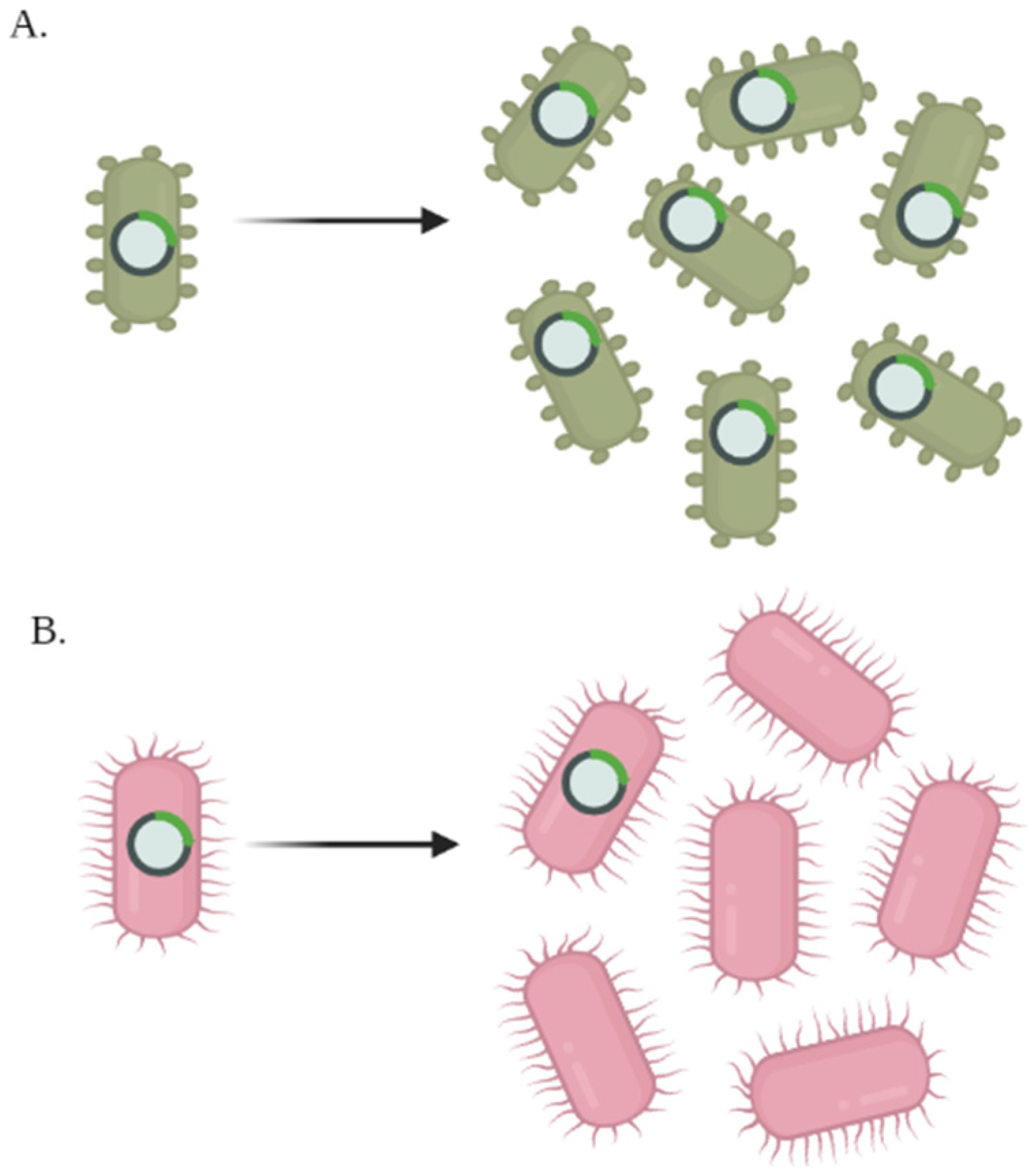




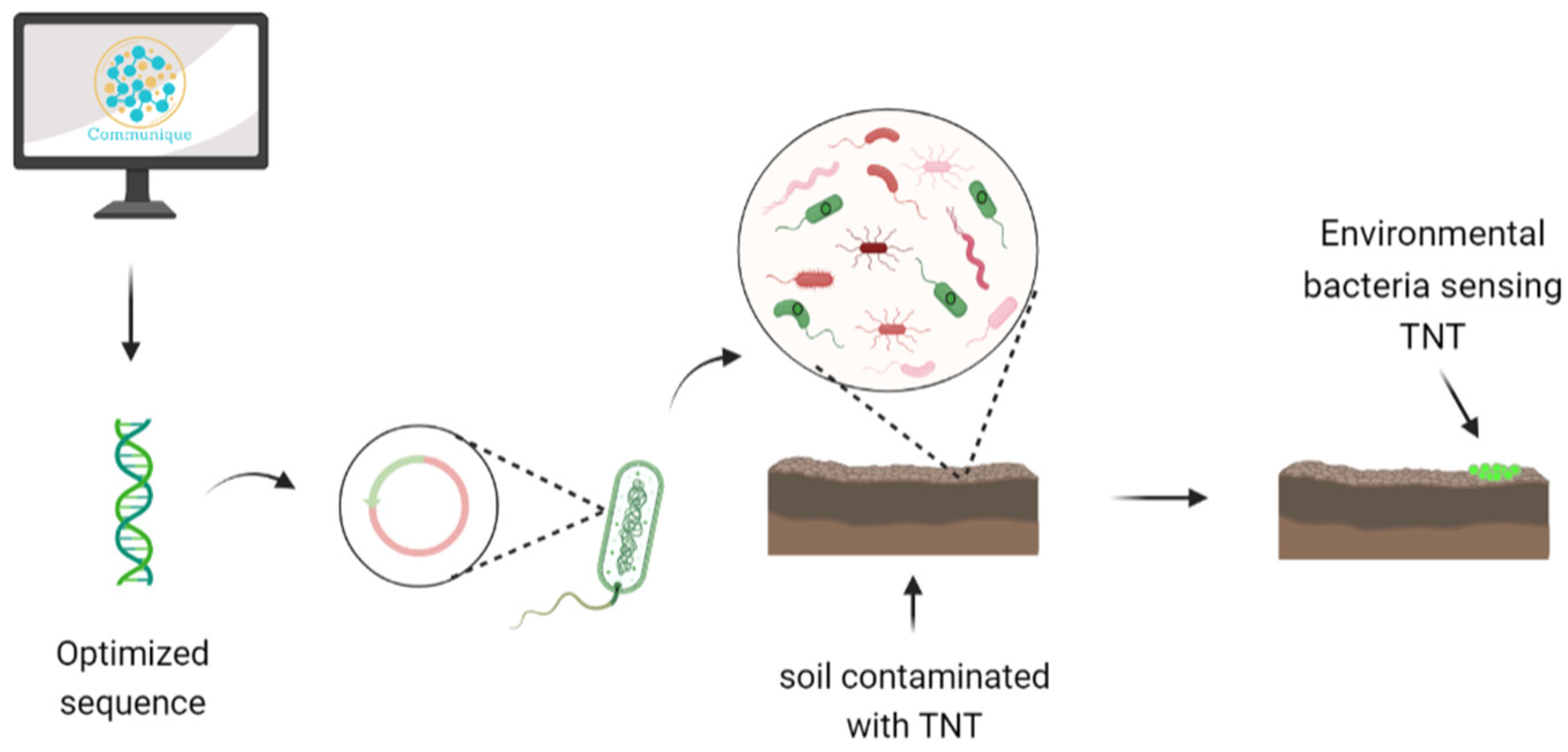
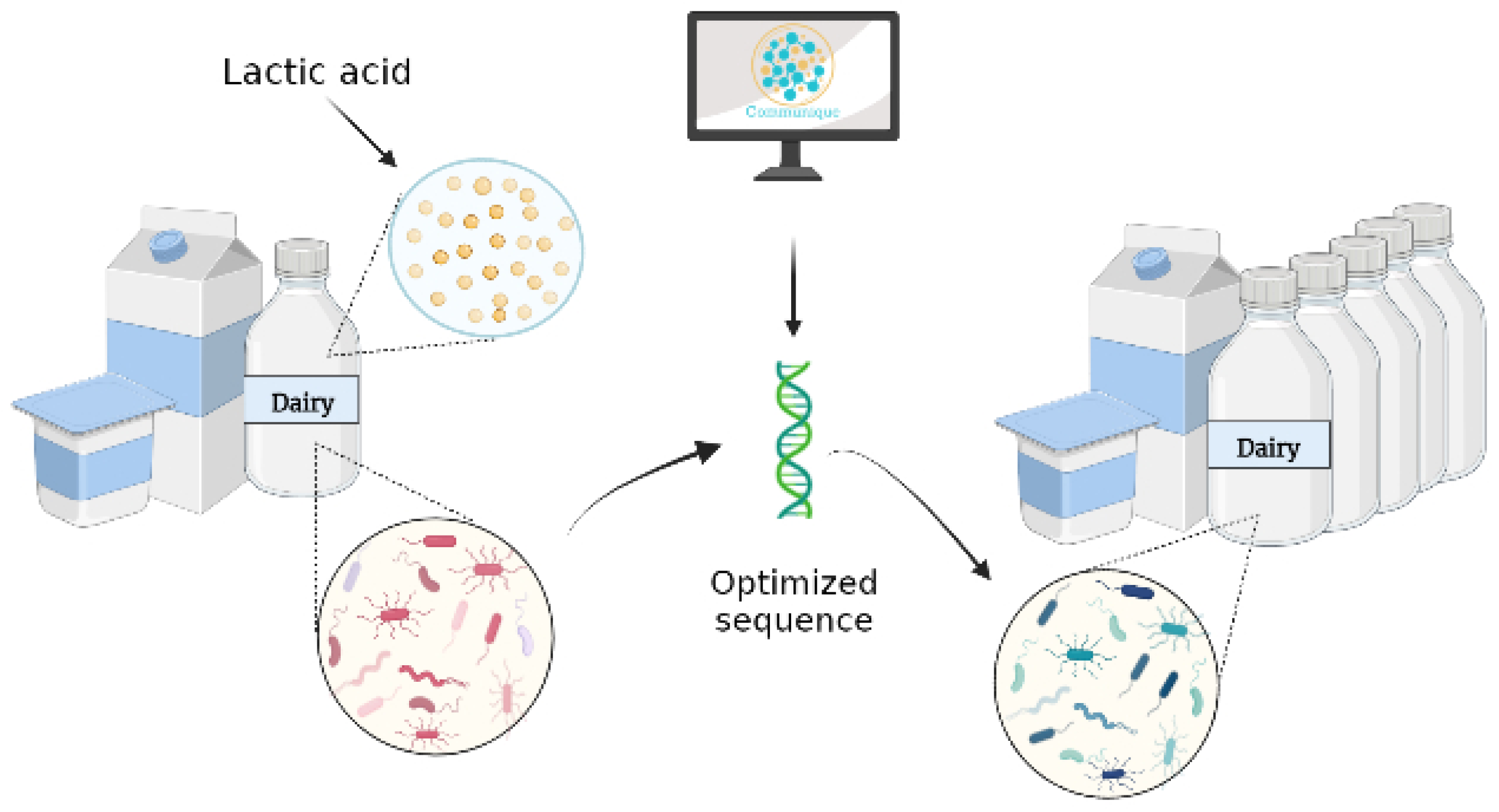
References
- Steinfeld, H.M. Length of Life of Drosophila melanogaster under Aseptic Conditions. Ph.D. Thesis, University of California, Berkeley, CA, USA, 1927. [Google Scholar]
- Dekaboruah, E.; Suryavanshi, M.V.; Chettri, D.; Verma, A.K. Human microbiome: An academic update on human body site specific surveillance and its possible role. Arch. Microbiol. 2020, 202, 2147–2167. [Google Scholar] [CrossRef]
- Appleton, J. The Gut-Brain Axis: Influence of Microbiota on Mood and Mental Health. Integr. Med. 2018, 17, 28–32. [Google Scholar]
- Reed, H.E.; Martiny, J.B.H. Testing the functional significance of microbial composition in natural communities. FEMS Microbiol. Ecol. 2007, 62, 161–170. [Google Scholar] [CrossRef]
- Suskind, D.L.; Brittnacher, M.J.; Wahbeh, G.; Shaffer, M.L.; Hayden, H.S.; Qin, X.; Singh, N.; Damman, C.J.; Hager, K.R.; Nielson, H.; et al. Fecal microbial transplant effect on clinical outcomes and fecal microbiome in active Crohn’s disease. Inflamm. Bowel Dis. 2015, 21, 556–563. [Google Scholar] [CrossRef]
- Bajaj, J.S.; Salzman, N.H.; Acharya, C.; Sterling, R.K.; White, M.B.; Gavis, E.A.; Fagan, A.; Hayward, M.; Holtz, M.L.; Matherly, S.; et al. Fecal Microbial Transplant Capsules Are Safe in Hepatic Encephalopathy: A Phase 1, Randomized, Placebo-Controlled Trial. Hepatology 2019, 70, 1690–1703. [Google Scholar] [CrossRef] [PubMed]
- Vaughn, B.P.; Vatanen, T.; Allegretti, J.R.; Bai, A.; Xavier, R.J.; Korzenik, J.; Gevers, D.; Ting, A.; Robson, S.C.; Moss, A.C. Increased intestinal microbial diversity following fecal microbiota transplant for active crohn’s disease. Inflamm. Bowel Dis. 2016, 22, 2182–2190. [Google Scholar] [CrossRef]
- Martin, A.; Anderson, M.J.; Thorn, C.; Davy, S.K.; Ryan, K.G. Response of sea-ice microbial communities to environmental disturbance: An in situ transplant experiment in the Antarctic. Mar. Ecol. Prog. Ser. 2011, 424, 25–37. [Google Scholar] [CrossRef][Green Version]
- Foo, J.L.; Ling, H.; Lee, Y.S.; Chang, M.W. Microbiome engineering: Current applications and its future. Biotechnol. J. 2017, 12, 1600099. [Google Scholar] [CrossRef] [PubMed]
- Cammarota, G.; Ianiro, G.; Gasbarrini, A. Fecal microbiota transplantation for the treatment of clostridium difficile infection. J. Clin. Gastroenterol. 2014, 48, 693–702. [Google Scholar] [CrossRef] [PubMed]
- Rosenblueth, M.; Ormeño-Orrillo, E.; López-López, A.; Rogel, M.A.; Reyes-Hernández, B.J.; Martínez-Romero, J.C.; Reddy, P.M.; Martínez-Romero, E. Nitrogen fixation in cereals. Front. Microbiol. 2018, 9, 1794. [Google Scholar] [CrossRef]
- Järbrink-Sehgal, E.; Andreasson, A. The gut microbiota and mental health in adults. Curr. Opin. Neurobiol. 2020, 62, 102–114. [Google Scholar] [CrossRef] [PubMed]
- Taylor, V.H. The microbiome and mental health: Hope or hype? J. Psychiatry Neurosci. 2019, 44, 219–222. [Google Scholar] [CrossRef] [PubMed]
- Koonin, E.V.; Makarova, K.S.; Aravind, L. Horizontal gene transfer in prokaryotes: Quantification and classification. Annu. Rev. Microbiol. 2001, 55, 709–742. [Google Scholar] [CrossRef] [PubMed]
- Khosravi, A.; Mazmanian, S.K. Disruption of the gut microbiome as a risk factor for microbial infections. Curr. Opin. Microbiol. 2013, 16, 221–227. [Google Scholar] [CrossRef] [PubMed]
- Walker, A. Welcome to the Plasmidome. Nat. Rev. Microbiol. 2012, 10, 379. [Google Scholar] [CrossRef]
- Boc, A.; Makarenkov, V. Towards an accurate identification of mosaic genes and partial horizontal gene transfers. Nucleic Acids Res. 2011, 39, e144. [Google Scholar] [CrossRef]
- Sharp, P.M.; Li, W.H. The codon Adaptation Index—A measure of directional synonymous codon usage bias, and its potential applications. Nucleic Acids Res. 1987, 15, 1281–1295. [Google Scholar] [CrossRef]
- Bahiri-Elitzur, S.; Tuller, T. Codon-based indices for modeling gene expression and transcript evolution. Comput. Struct. Biotechnol. J. 2021, 19, 2646–2663. [Google Scholar] [CrossRef]
- Parmley, J.L.; Hurst, L.D. How do synonymous mutations affect fitness? Bioessays: News Rev. Mol. Cell. Dev. Biol. 2007, 29, 515–519. [Google Scholar] [CrossRef]
- Comeron, J.M.; Aguadé, M. An evaluation of measures of synonymous codon usage bias. J. Mol. Evol. 1998, 47, 268–274. [Google Scholar] [CrossRef]
- Victor, M.P.; Acharya, D.; Begum, T.; Ghosh, T.C. The optimization of mRNA expression level by its intrinsic properties-Insights from codon usage pattern and structural stability of mRNA. Genomics 2019, 111, 1292–1297. [Google Scholar] [CrossRef] [PubMed]
- Sabi, R.; Volvovitch Daniel, R.; Tuller, T. stAIcalc: tRNA adaptation index calculator based on species-specific weights. Bioinformatics 2017, 33, 589–591. [Google Scholar]
- Dana, A.; Tuller, T. Mean of the typical decoding rates: A new translation efficiency index based on the analysis of ribosome profiling data. G3 Genes Genomes Genet. 2015, 5, 73–80. [Google Scholar] [CrossRef] [PubMed]
- Paget, M.S. Bacterial Sigma Factors and Anti-Sigma Factors: Structure, Function and Distribution. Biomolecules 2015, 5, 1245–1265. [Google Scholar] [CrossRef]
- Bailey, T.L. STREME: Accurate and versatile sequence motif discovery. Bioinformatics 2021, 37, 2834–2840. [Google Scholar] [CrossRef] [PubMed]
- Bailey, T.L.; Gribskov, M. Combining evidence using P-values: Application to sequence homology searches. Bioinformatics 1998, 14, 48–54. [Google Scholar] [CrossRef] [PubMed]
- Wigley, D.B. Bacterial DNA repair: Recent insights into the mechanism of RecBCD, AddAB and AdnAB. Nat. Rev. Microbiol. 2013, 11, 9–13. [Google Scholar] [CrossRef]
- Zulkower, V.; Rosser, S. DNA Chisel, a versatile sequence optimizer. Bioinformatics 2020, 36, 4508–4509. [Google Scholar] [CrossRef]
- Roberts, R.J.; Vincze, T.; Posfai, J.; Macelis, D. Rebase—A database for DNA restriction and modification: Enzymes, genes and genomes. Nucleic Acids Res. 2014, 43, D298–D299. [Google Scholar] [CrossRef]
- Cheng, Y.-H.; Liaw, J.-J.; Kuo, C.-N. Rehunt: A reliable and open source package for restriction enzyme hunting. BMC Bioinform. 2018, 19, 178. [Google Scholar] [CrossRef]
- Bai, Y.; Müller, D.B.; Srinivas, G.; Garrido-Oter, R.; Potthoff, E.; Rott, M.; Dombrowski, N.; Münch, P.C.; Spaepen, S.; Remus-Emsermann, M.; et al. Functional overlap of the Arabidopsis leaf and root microbiota. Nature 2015, 528, 364–369. [Google Scholar] [CrossRef] [PubMed]
- Camacho, C.; Coulouris, G.; Avagyan, V.; Ma, N.; Papadopoulos, J.; Bealer, K.; Madden, T.L. BLAST+: Architecture and applications. BMC Bioinform. 2009, 10, 421. [Google Scholar] [CrossRef] [PubMed]
- Azam, A.H.; Tanji, Y. Bacteriophage-host arm race: An update on the mechanism of phage resistance in bacteria and revenge of the phage with the perspective for phage therapy. Appl. Microbiol. Biotechnol. 2019, 103, 2121–2131. [Google Scholar] [CrossRef] [PubMed]
- Mitchell, A.L.; Almeida, A.; Beracochea, M.; Boland, M.; Burgin, J.; Cochrane, G.; Crusoe, M.R.; Kale, V.; Potter, S.C.; Richardson, L.J.; et al. MGnify: The Microbiome Analysis Resource in 2020. Nucleic Acids Res. 2019, 48, D570–D578. [Google Scholar] [CrossRef]
- Dana, A.; Tuller, T. The effect of trna levels on decoding times of mrna codons. Nucleic Acids Res. 2014, 42, 9171–9181. [Google Scholar] [CrossRef]
- Diebold, P.J.; New, F.N.; Hovan, M.; Satlin, M.J.; Brito, I.L. Linking plasmid-based beta-lactamases to their bacterial hosts using single-cell fusion PCR. Elife 2021, 10, e66834. [Google Scholar] [CrossRef]
- Singh, H.; Bhardwaj, N.; Arya, S.K.; Khatri, M. Environmental impacts of oil spills and their remediation by magnetic nanomaterials. Environ. Nanotechnol. Monit. Manag. 2020, 14, 100305. [Google Scholar] [CrossRef]
- DeAngelis, K.M.; Ji, P.; Firestone, M.K.; Lindow, S.E. Two novel bacterial biosensors for detection of nitrate availability in the rhizosphere. Appl. Environ. Microbiol. 2005, 71, 8537–8547. [Google Scholar] [CrossRef]
- Hynninen, A.; Virta, M. Whole-cell bioreporters for the detection of bioavailable metals. In Whole Cell Sensing System II; Springer: Berlin/Heidelberg, Germany, 2009; pp. 31–63. [Google Scholar]
- Kreniske, J.S.; Harris, A.; Safadi, W. Landmines in the Golan Heights: A patient’s perspective. Case Rep. 2014, 2014, bcr2014205756. [Google Scholar] [CrossRef]
- Tecon, R.; Van der Meer, J. Bacterial biosensors for measuring availability of environmental pollutants. Sensors 2008, 8, 4062–4080. [Google Scholar] [CrossRef]
- Belkin, S.; Yagur-Kroll, S.; Kabessa, Y.; Korouma, V.; Septon, T.; Anati, Y.; Zohar-Perez, C.; Rabinovitz, Z.; Nussinovitch, A.; Agranat, A.J. Remote detection of buried landmines using a bacterial sensor. Nat. Biotechnol. 2017, 35, 308–310. [Google Scholar] [CrossRef] [PubMed]
- Ramanathan, S.; Ensor, M.; Daunert, S. Bacterial biosensors for monitoring toxic metals. Trends Biotechnol. 1997, 15, 500–506. [Google Scholar] [CrossRef]
- Caplice, E. Food fermentations: Role of microorganisms in food production and preservation. Int. J. Food Microbiol. 1999, 50, 131–149. [Google Scholar] [CrossRef]
- Adolfsson, O.; Meydani, S.N.; Russell, R.M. Yogurt and gut function. Am. J. Clin. Nutr. 2004, 80, 245–256. [Google Scholar] [CrossRef]
- Yu, Q.; Li, Y.; Wu, B.; Hu, W.; He, M.; Hu, G. Novel mutagenesis and screening technologies for food microorganisms: Advances and prospects. Appl. Microbiol. Biotechnol. 2020, 104, 1517–1531. [Google Scholar] [CrossRef]
- Chen, J.; Zhang, W.; Wan, Z.; Li, S.; Huang, T.; Fei, Y. Oil spills from Global Tankers: Status Review and future governance. J. Clean. Prod. 2019, 227, 20–32. [Google Scholar] [CrossRef]
- Barron, M.G.; Vivian, D.N.; Heintz, R.A.; Yim, U.H. Long-term ecological impacts from oil spills: Comparison of Exxon Valdez, Hebei spirit, and Deepwater Horizon. Environ. Sci. Technol. 2020, 54, 6456–6467. [Google Scholar] [CrossRef]
- Chang, S.E.; Stone, J.; Demes, K.; Piscitelli, M. Consequences of oil spills: A review and framework for informing planning. Ecol. Soc. 2014, 19. [Google Scholar] [CrossRef]
- Lawson, C.E.; Harcombe, W.R.; Hatzenpichler, R.; Lindemann, S.R.; Löffler, F.E.; O’Malley, M.A.; García Martín, H.; Pfleger, B.F.; Raskin, L.; Venturelli, O.S.; et al. Common principles and best practices for engineering microbiomes. Nat. Rev. Microbiol. 2019, 17, 725–741. [Google Scholar] [CrossRef]
- Rodriguez, H.; Gonzalez, T.; Goire, I.; Bashan, Y. Gluconic acid production and phosphate solubilization by the plant growth-promoting Bacterium azospirillum spp. Naturwissenschaften 2004, 91, 552–555. [Google Scholar] [CrossRef]
- Zhu, J.; Li, M.; Whelan, M. Phosphorus activators contribute to legacy phosphorus availability in agricultural soils: A Review. Sci. Total Environ. 2018, 612, 522–537. [Google Scholar] [CrossRef] [PubMed]
- Malla, M.A.; Dubey, A.; Kumar, A.; Yadav, S.; Hashem, A.; Abd_Allah, E.F. Exploring the human microbiome: The potential future role of next-generation sequencing in disease diagnosis and treatment. Front. Immunol. 2019, 9, 2868. [Google Scholar] [CrossRef] [PubMed]
- Malusá, E.; Sas-Paszt, L.; Ciesielska, J. Technologies for beneficial microorganisms Inocula used as Biofertilizers. Sci. World J. 2012, 2012, 491206. [Google Scholar] [CrossRef] [PubMed]
- Bakken, J.S.; Borody, T.; Brandt, L.J.; Brill, J.V.; Demarco, D.C.; Franzos, M.A.; Kelly, C.; Khoruts, A.; Louie, T.; Martinelli, L.P.; et al. Treating clostridium difficile infection with fecal microbiota transplantation. Clin. Gastroenterol. Hepatol. 2011, 9, 1044–1049. [Google Scholar] [CrossRef] [PubMed]
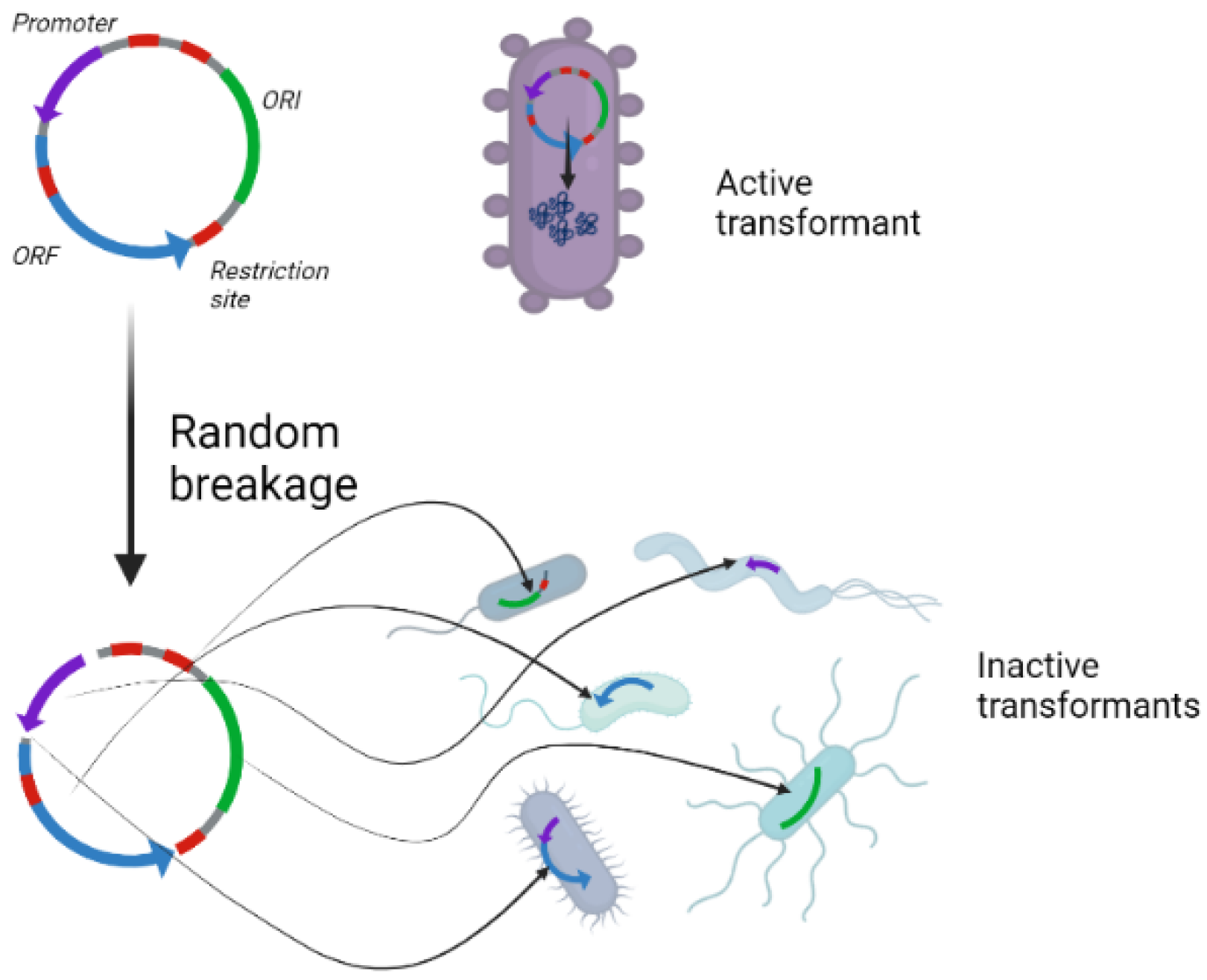

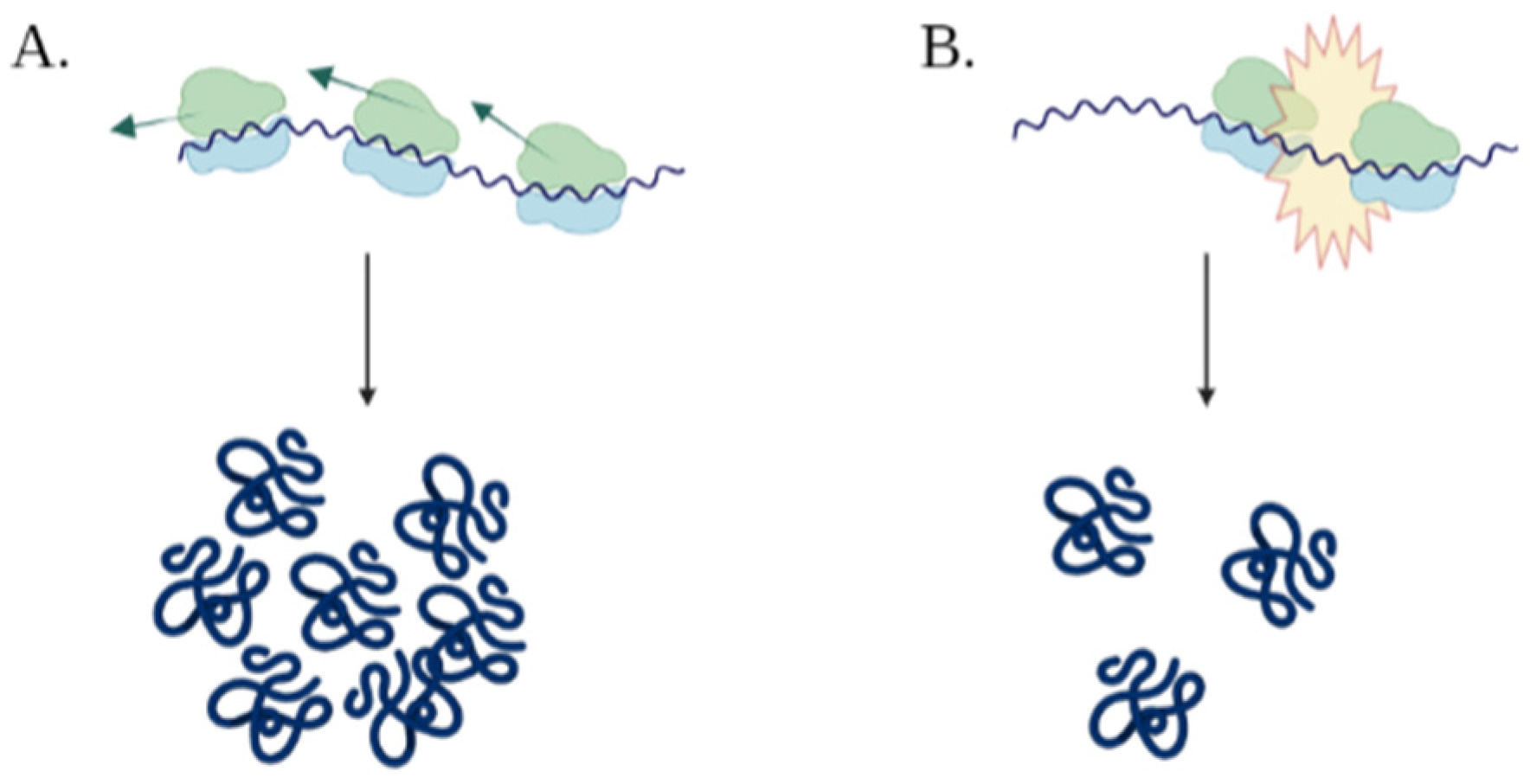

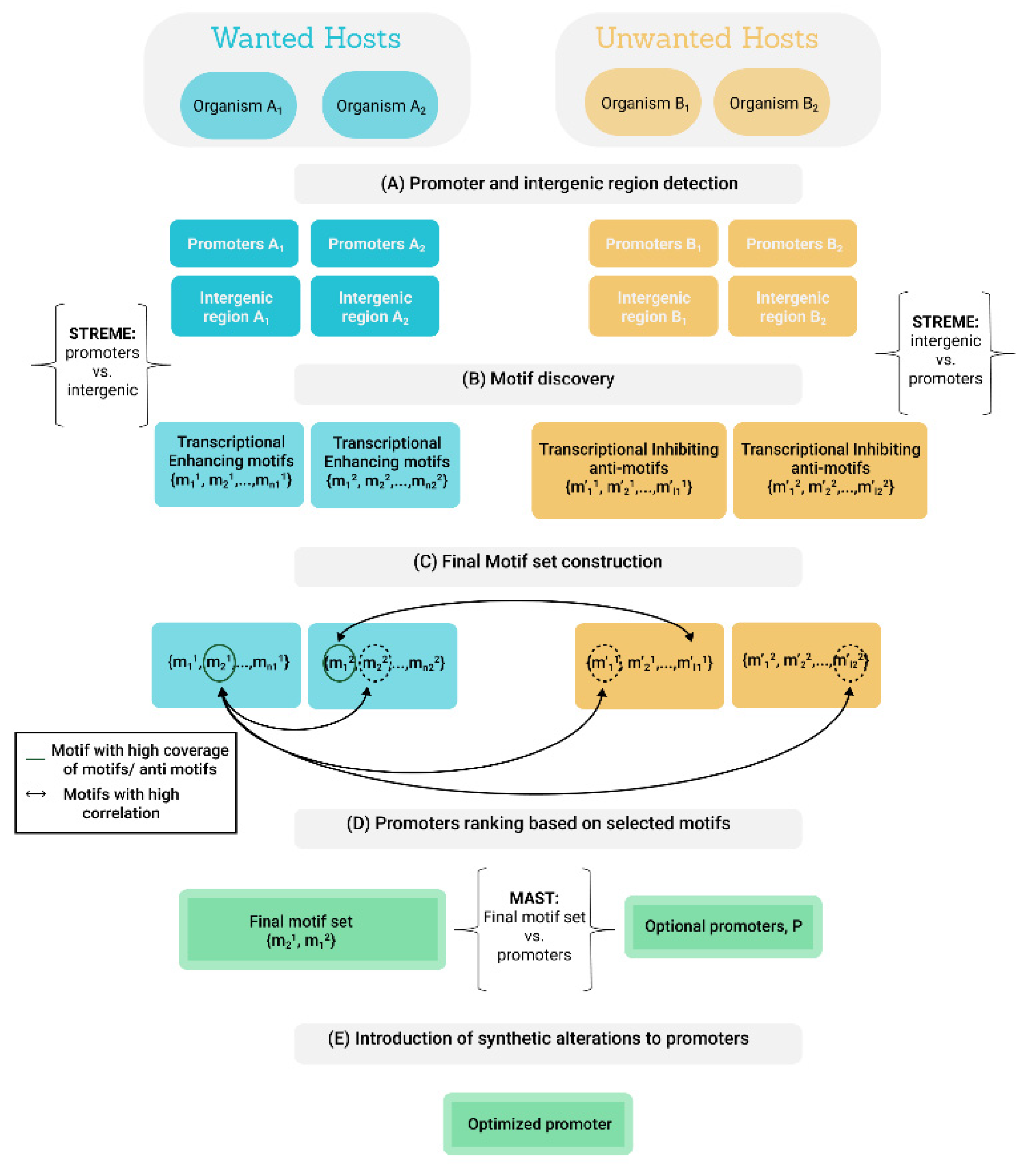
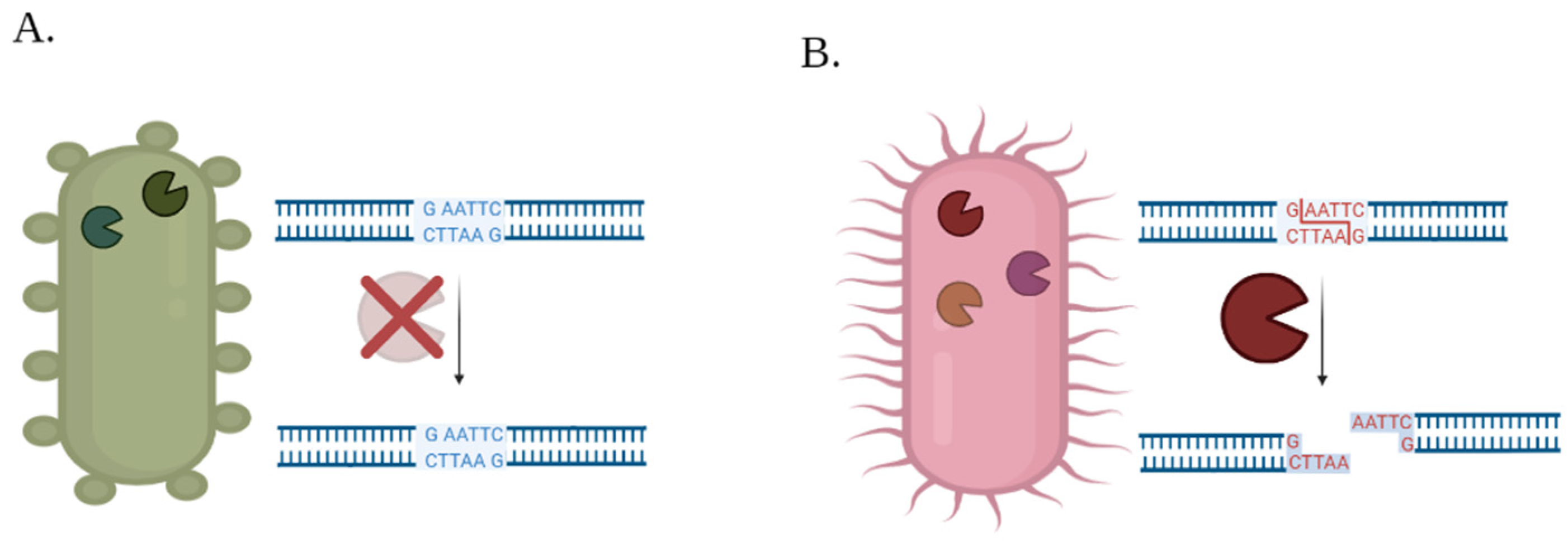

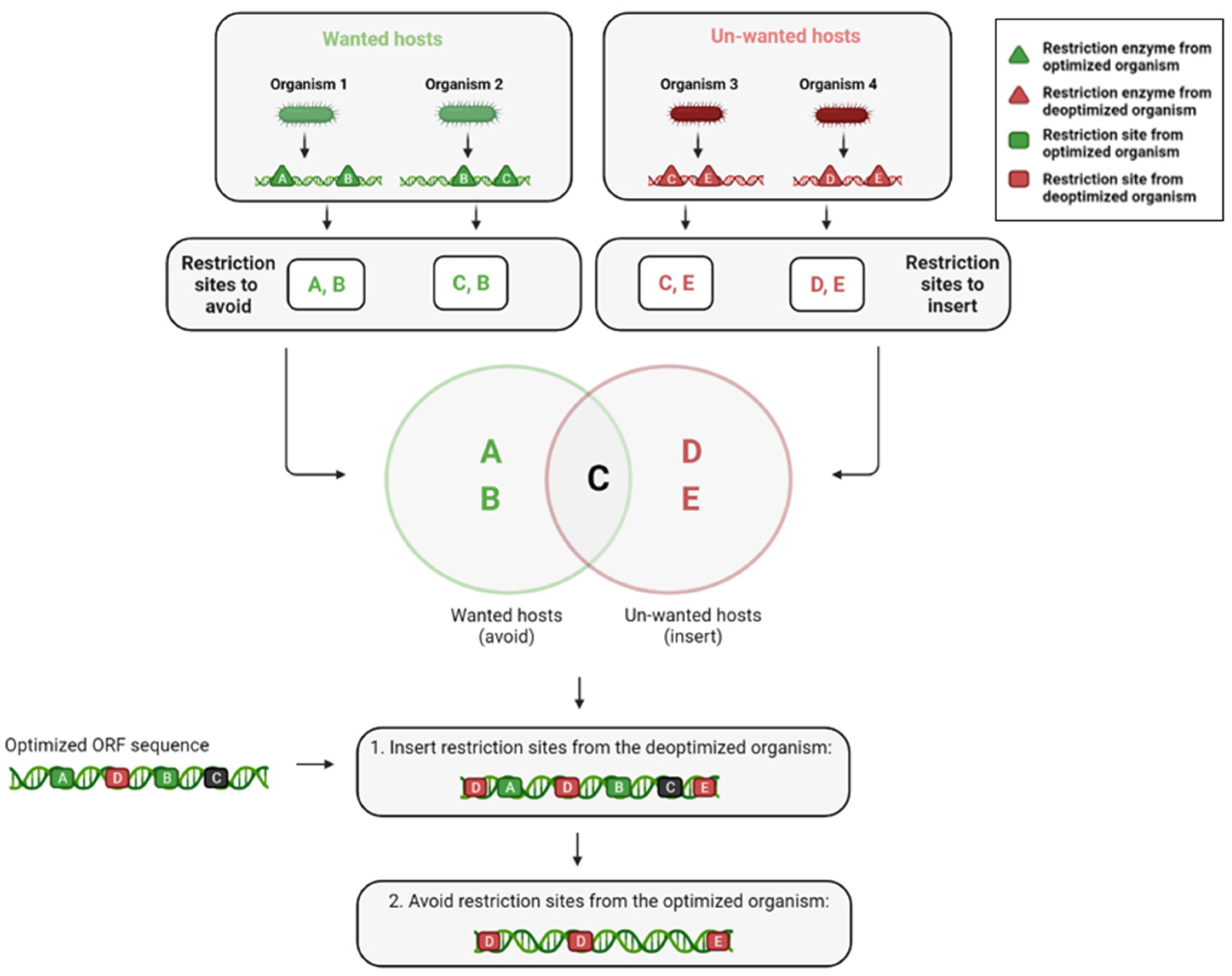

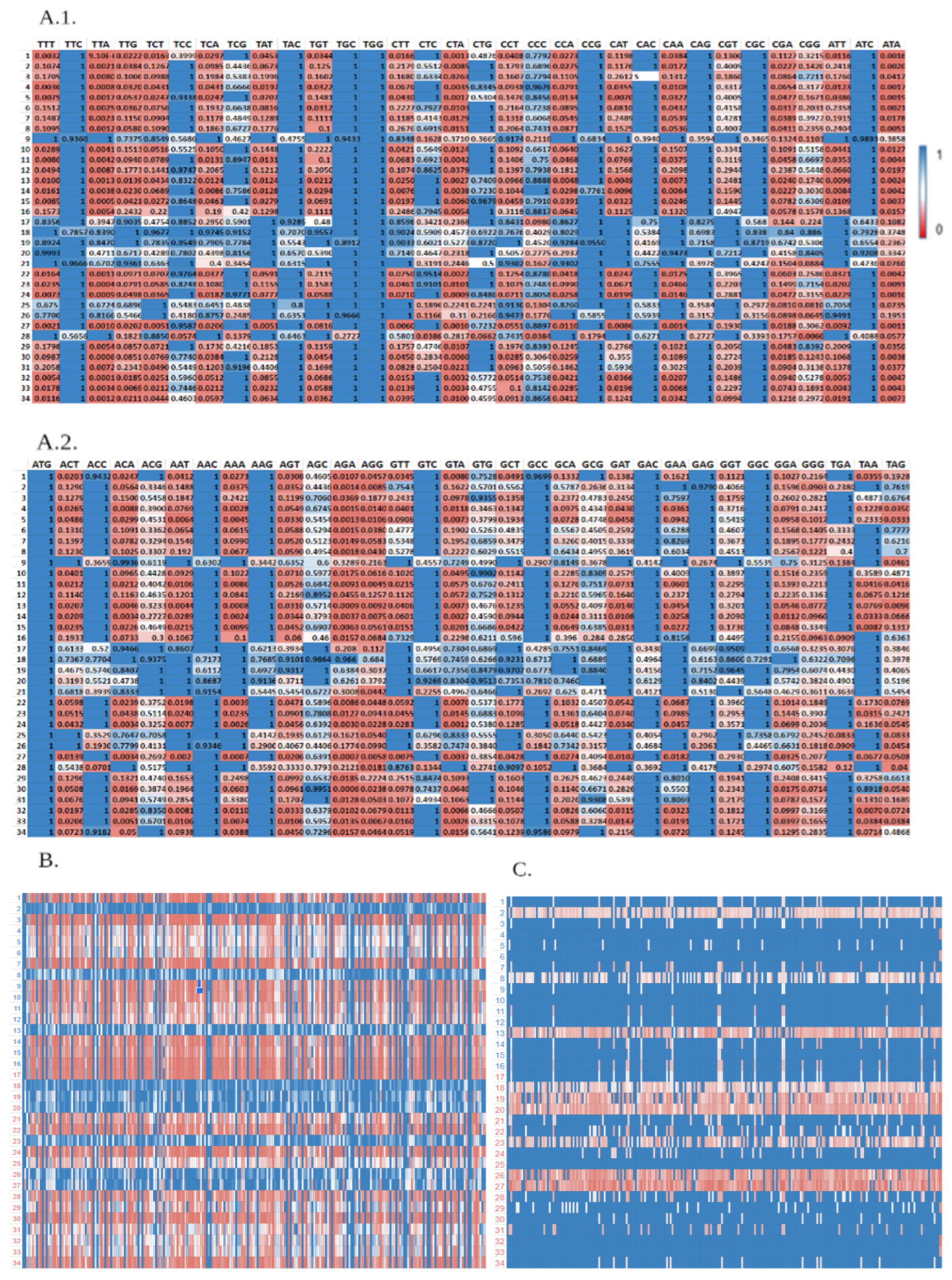





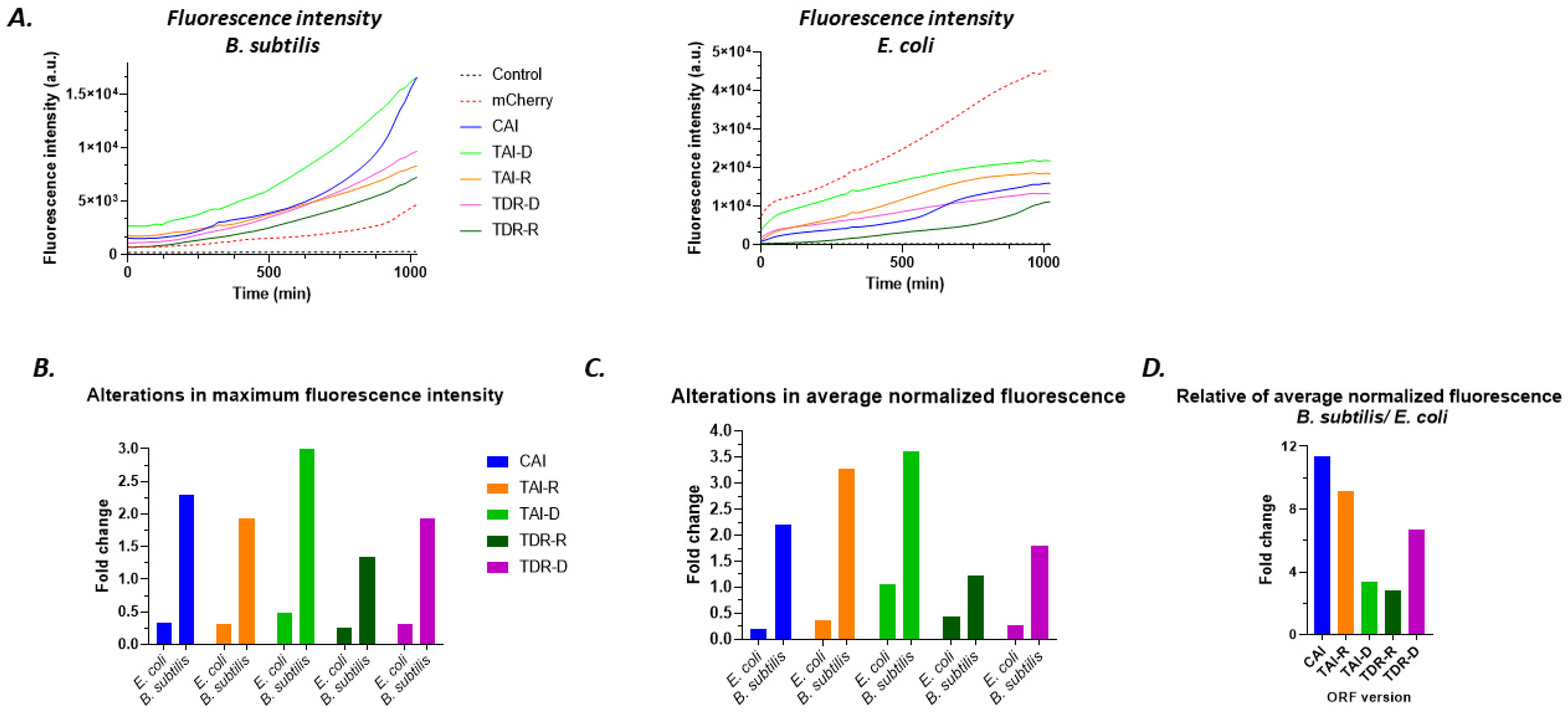
Publisher’s Note: MDPI stays neutral with regard to jurisdictional claims in published maps and institutional affiliations. |
© 2022 by the authors. Licensee MDPI, Basel, Switzerland. This article is an open access article distributed under the terms and conditions of the Creative Commons Attribution (CC BY) license (https://creativecommons.org/licenses/by/4.0/).
Share and Cite
Chitayat Levi, L.; Rippin, I.; Ben Tulila, M.; Galron, R.; Tuller, T. Modulating Gene Expression within a Microbiome Based on Computational Models. Biology 2022, 11, 1301. https://doi.org/10.3390/biology11091301
Chitayat Levi L, Rippin I, Ben Tulila M, Galron R, Tuller T. Modulating Gene Expression within a Microbiome Based on Computational Models. Biology. 2022; 11(9):1301. https://doi.org/10.3390/biology11091301
Chicago/Turabian StyleChitayat Levi, Liyam, Ido Rippin, Moran Ben Tulila, Rotem Galron, and Tamir Tuller. 2022. "Modulating Gene Expression within a Microbiome Based on Computational Models" Biology 11, no. 9: 1301. https://doi.org/10.3390/biology11091301
APA StyleChitayat Levi, L., Rippin, I., Ben Tulila, M., Galron, R., & Tuller, T. (2022). Modulating Gene Expression within a Microbiome Based on Computational Models. Biology, 11(9), 1301. https://doi.org/10.3390/biology11091301








